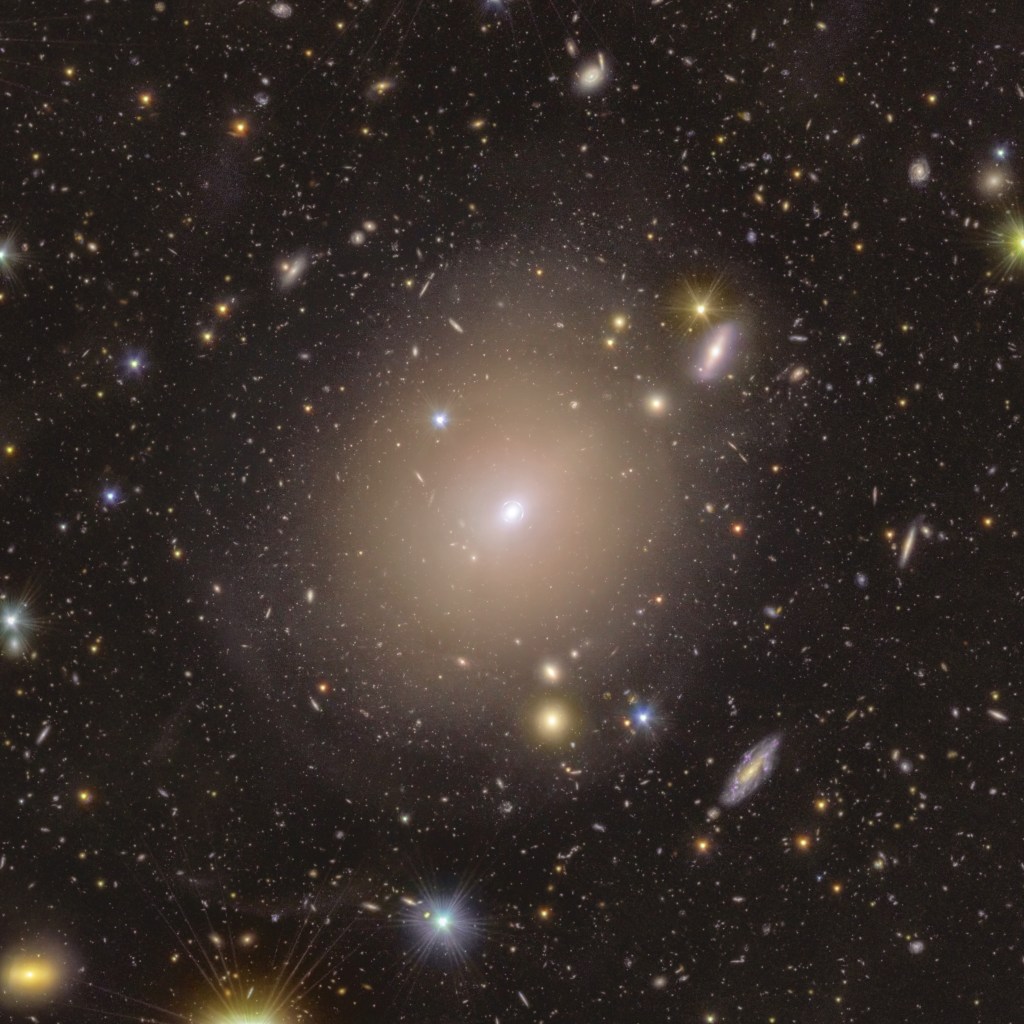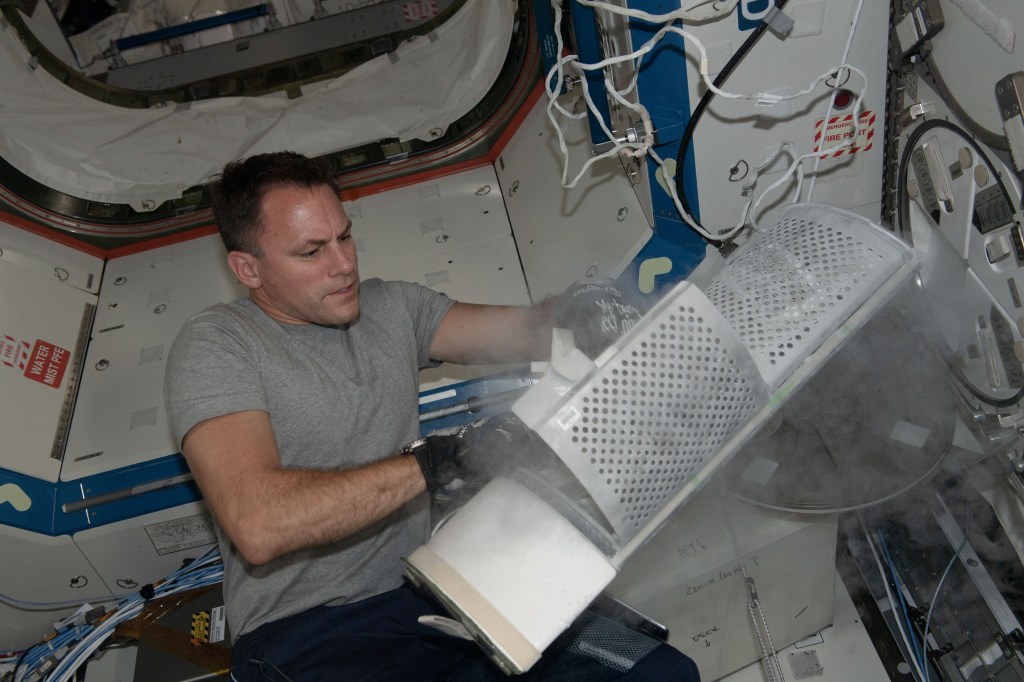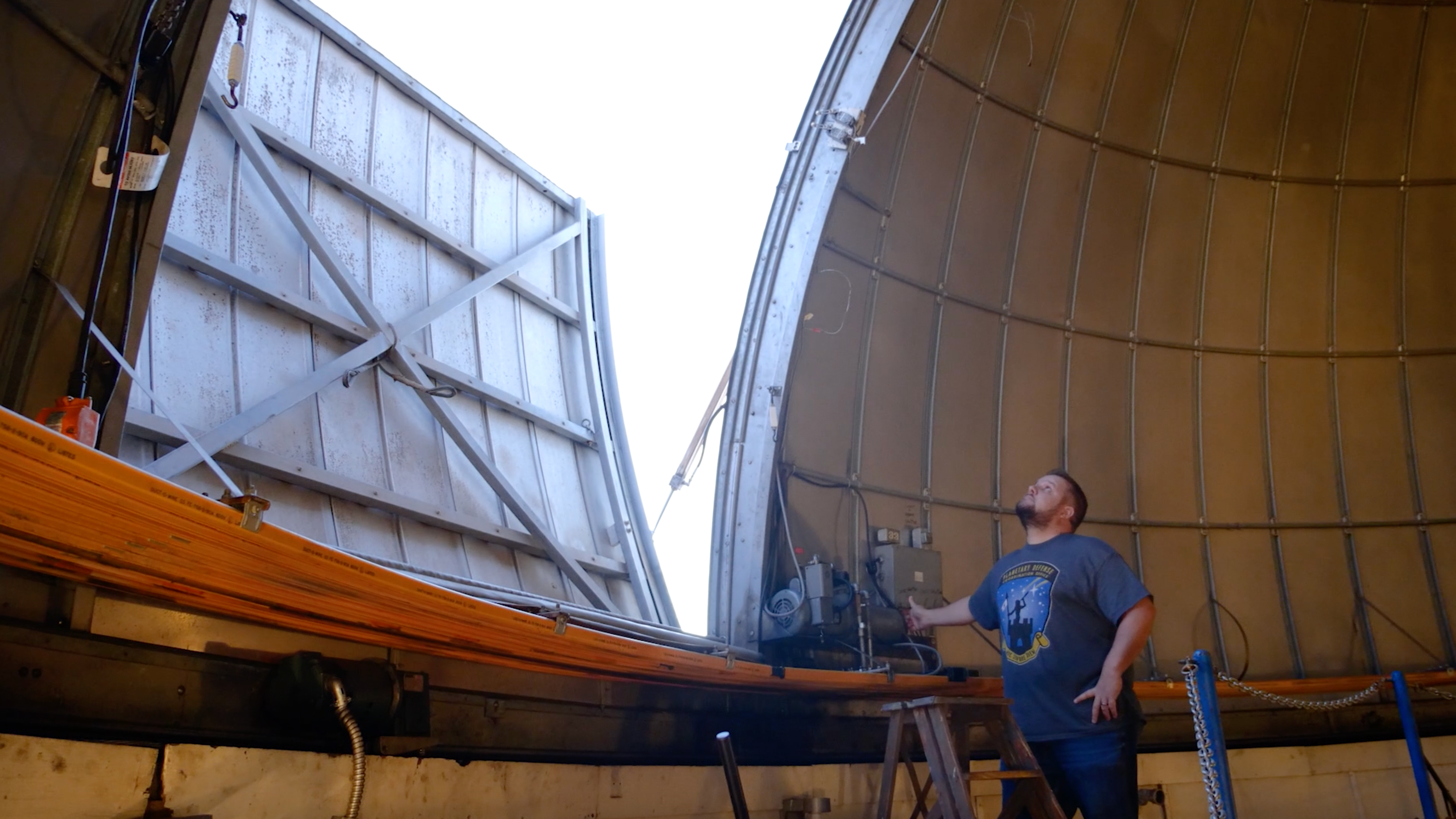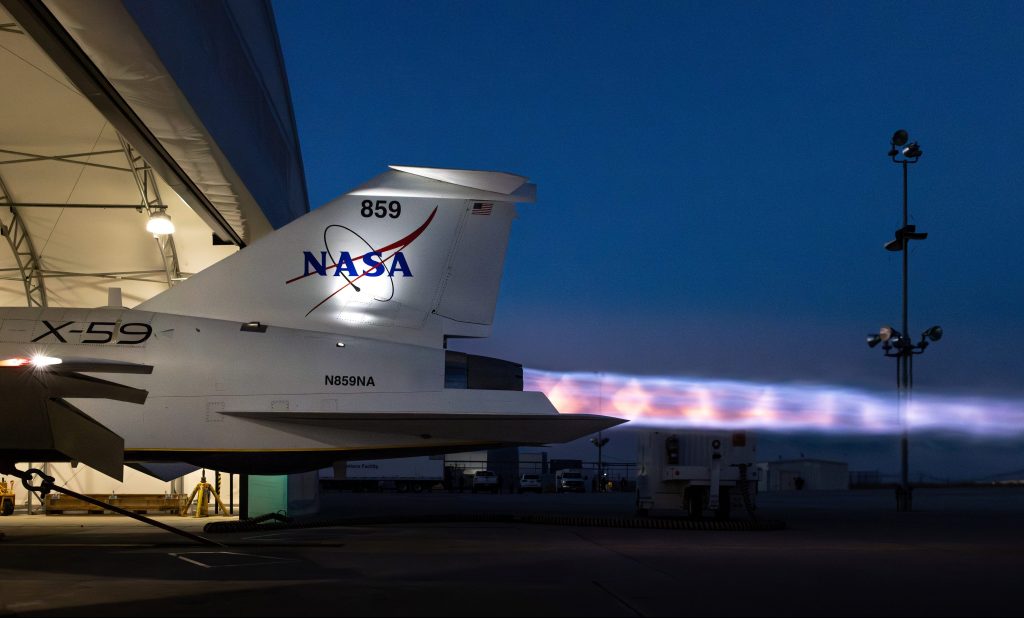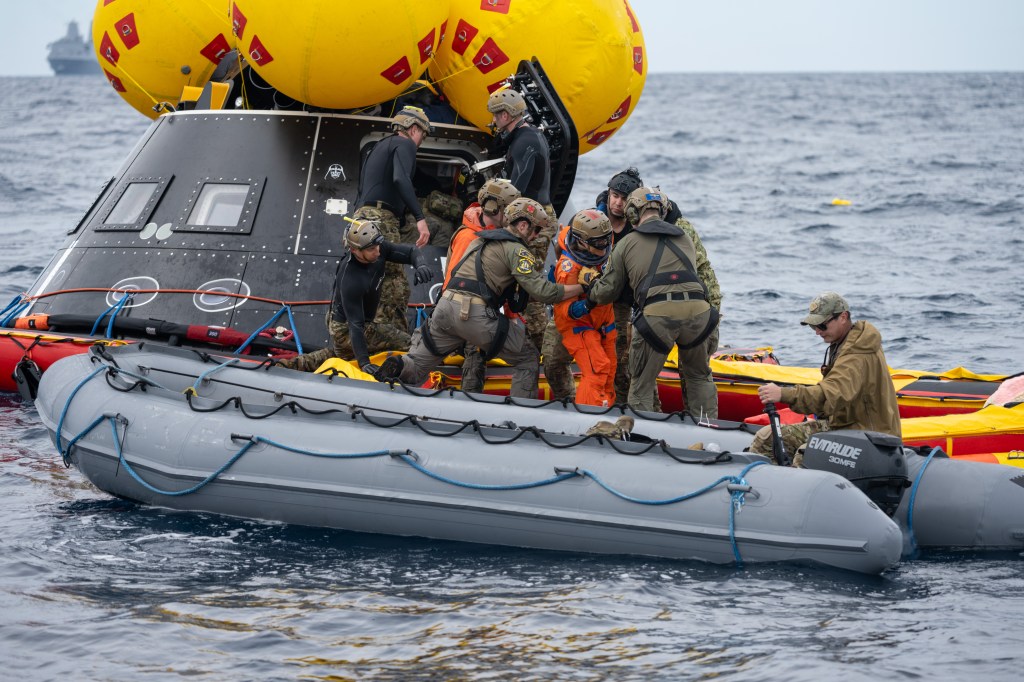After 20 years and two spaceflights, Astronaut Tim Kopra is leaving NASA. His last day was Oct. 1, 2018.
Kopra, born in Austin, Texas, and a retired colonel in the U.S. Army, was selected as an astronaut in 2000. He flew on two space shuttles and was a member of two International Space Station expeditions.
“I had the pleasure of flying with Tim during STS-128,” said Pat Forrester, chief of the Astronaut Office at NASA’s Johnson Space Center. “It was an honor to serve with him in space and on the ground. He has a tremendous work ethic and a breadth of knowledge and experience. We wish him the best in his future endeavors.”
Kopra was assigned to NASA’s Johnson Space Center in Houston in September 1998 as a vehicle integration test engineer. In that position, he served as an engineering liaison for space shuttle launch operations and space station hardware testing.
After his selection and initial astronaut training, Kopra served in the Space Station Branch of the Astronaut Office, where he was involved in the testing of crew interfaces for two space station modules as well as the implementation of support computers and operational Local Area Network on the station.
On July 15, 2009, Kopra launched on the space shuttle Endeavour with the STS-127 crew to the space station. He served as a flight engineer on Expedition 20, where he performed one spacewalk totaling 5 hours and 32 minutes, executed tasks with the space station and Japanese robotic arms, and conducted numerous science experiments. He returned to Earth with the STS-128 crew aboard the space shuttle Discovery on Sept. 11, 2009.
Kopra flew to the space station again as a flight engineer for Soyuz-19M and Expedition 46 and was commander of Expedition 47 from December 2015 to June 2016. During 186 days onboard, Kopra and his crewmates completed human research studies in ocular health, cognition, salivary markers and microbiome. The crew also welcomed four cargo spacecraft, including one that delivered the Bigelow Expandable Activity Module, an expandable habitat technology demonstration. Kopra ventured outside for two spacewalks, totaling 7 hours 59 minutes. The objective of the first spacewalk was to move the station’s mobile transporter rail car to a secure position. On the second spacewalk, Kopra helped replace a failed voltage regulator to restore power to one of the station’s eight power channels. He returned to Earth on June 18, 2016.
In total, he logged a total of 244 days in space on two spaceflights, and 13 hours and 31 minutes on three spacewalks.
Kopra earned a bachelor’s degree from the U.S. Military Academy at West Point, a master’s degree in aerospace engineering from Georgia Institute of Technology, a master’s degree in strategic studies from U.S. Army College, and a master’s of business administration degree from Columbia Business School and London Business School.
Find Kopra’s complete biography at:
-end-
Megan Sumner
Johnson Space Center, Houston
281-483-5111
megan.c.sumner@nasa.gov




